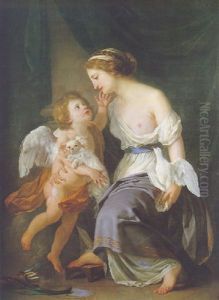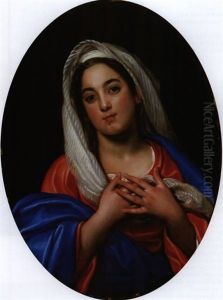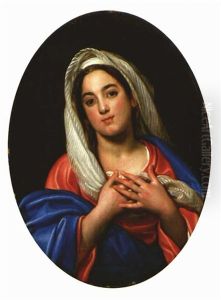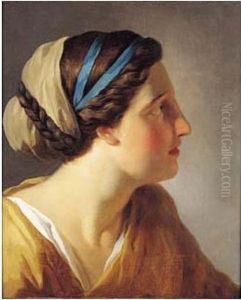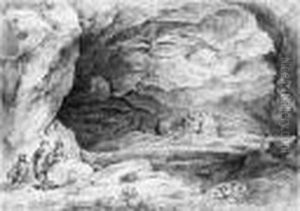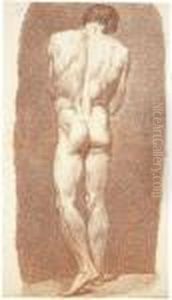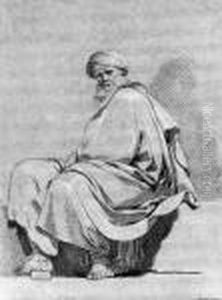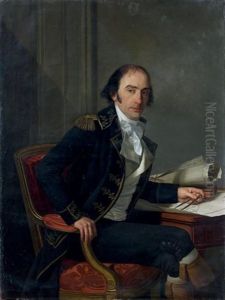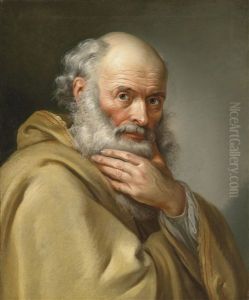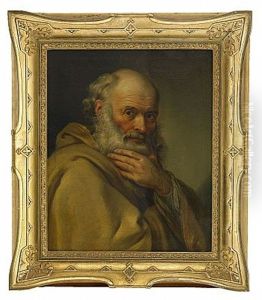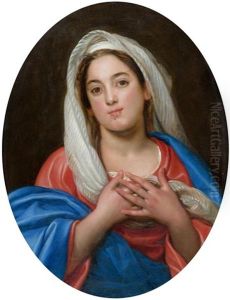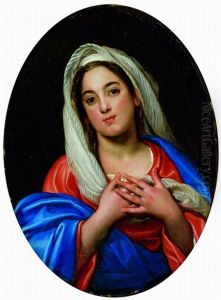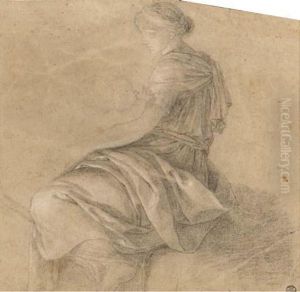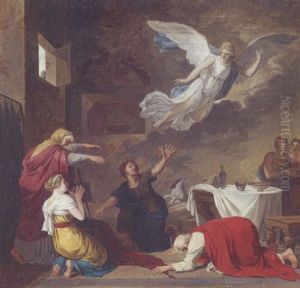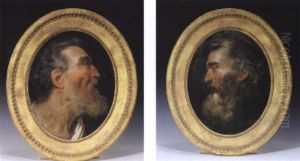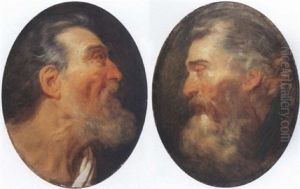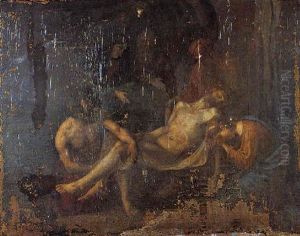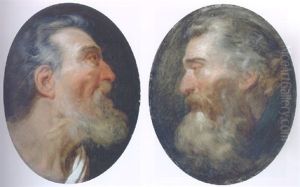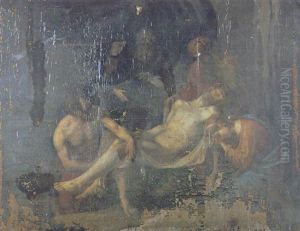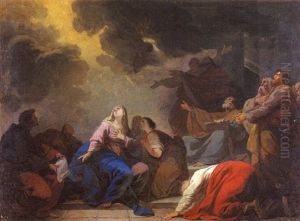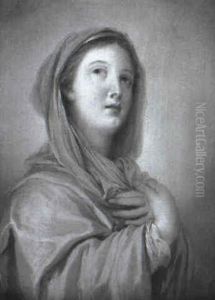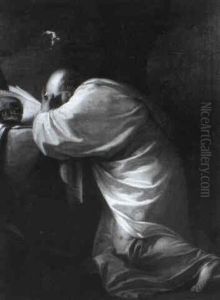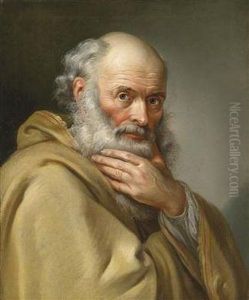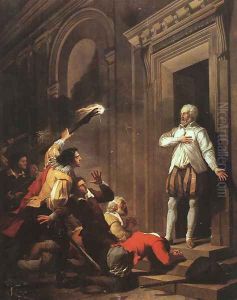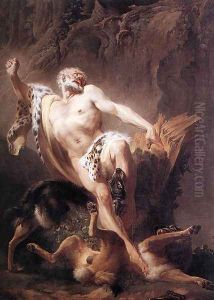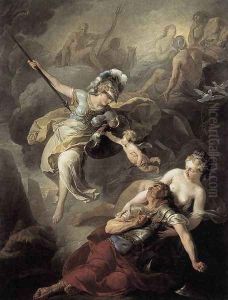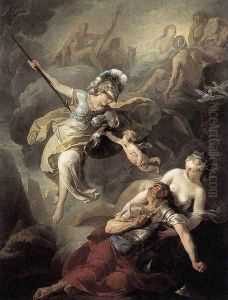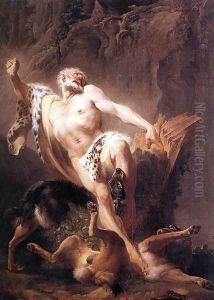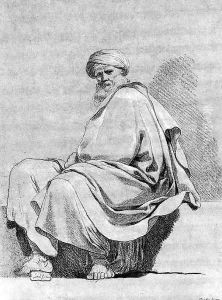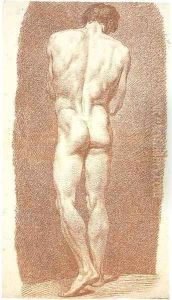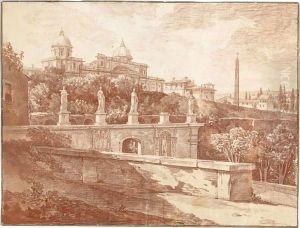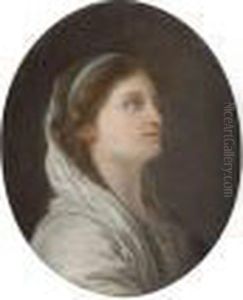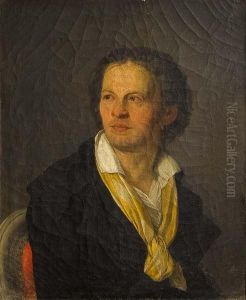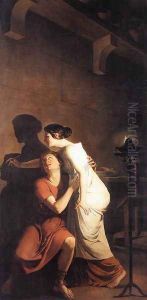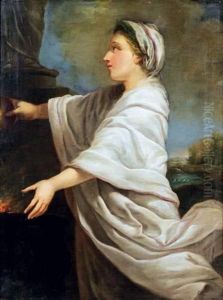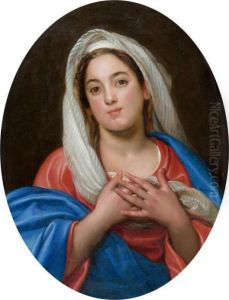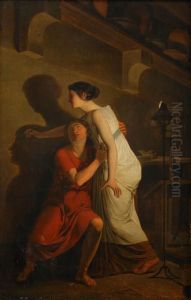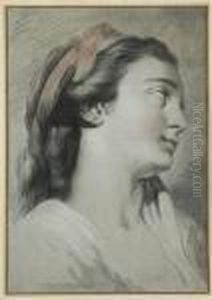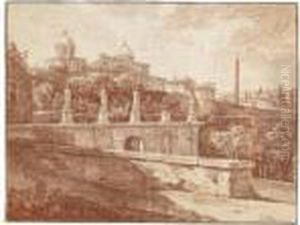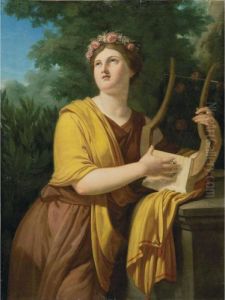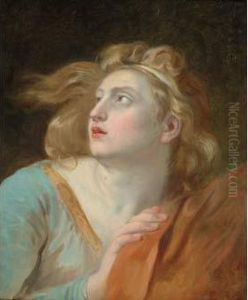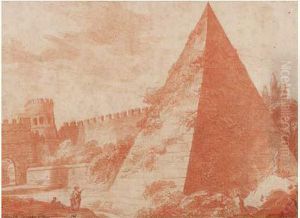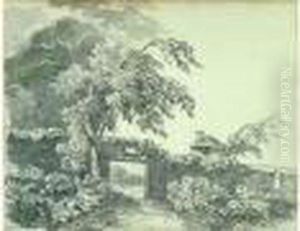Joseph Benoit Suvee Paintings
Joseph Benoit Suvee was a prominent Flemish painter during the late 18th century. He was born on August 3, 1743, in Bruges, then part of the Austrian Netherlands. Suvee showed an early interest in art and was initially trained by Matthias de Visch in Bruges before moving to Paris to further his studies. In Paris, he became a pupil of the famed painter Joseph-Marie Vien and was heavily influenced by the neoclassical style that was gaining prominence at the time.
Suvee's talent was recognized early on, and he won the prestigious Prix de Rome in 1771, which allowed him to study in Rome at the French Academy. His stay in Italy had a significant impact on his work, and he absorbed the classical principles that would define his artistic output. After returning to Paris, Suvee enjoyed a successful career, receiving commissions for historical and mythological paintings, as well as portraits.
In 1781, Suvee became a member of the Royal Academy of Painting and Sculpture in Paris. His reputation continued to grow, and he was appointed as the director of the French Academy in Rome in 1792, a position he held until his death. During his tenure, he mentored many young artists and helped to propagate the neoclassical style across Europe.
Joseph Benoit Suvee's work was characterized by its clarity of composition, precise drawing, and subdued palette, all hallmarks of neoclassicism. Some of his notable works include 'The Death of Phocion,' 'Cornelia, Mother of the Gracchi,' and 'Dido and Aeneas.' His influence extended beyond his own paintings, as he was a respected teacher and his approach to art shaped the practices of many artists of his time.
Suvee died on February 9, 1807, in Rome, leaving behind a legacy that cemented him as an important figure in the transition between the rococo style and neoclassicism. His contributions to the art world continue to be studied and appreciated for their historical significance and artistic merit.
